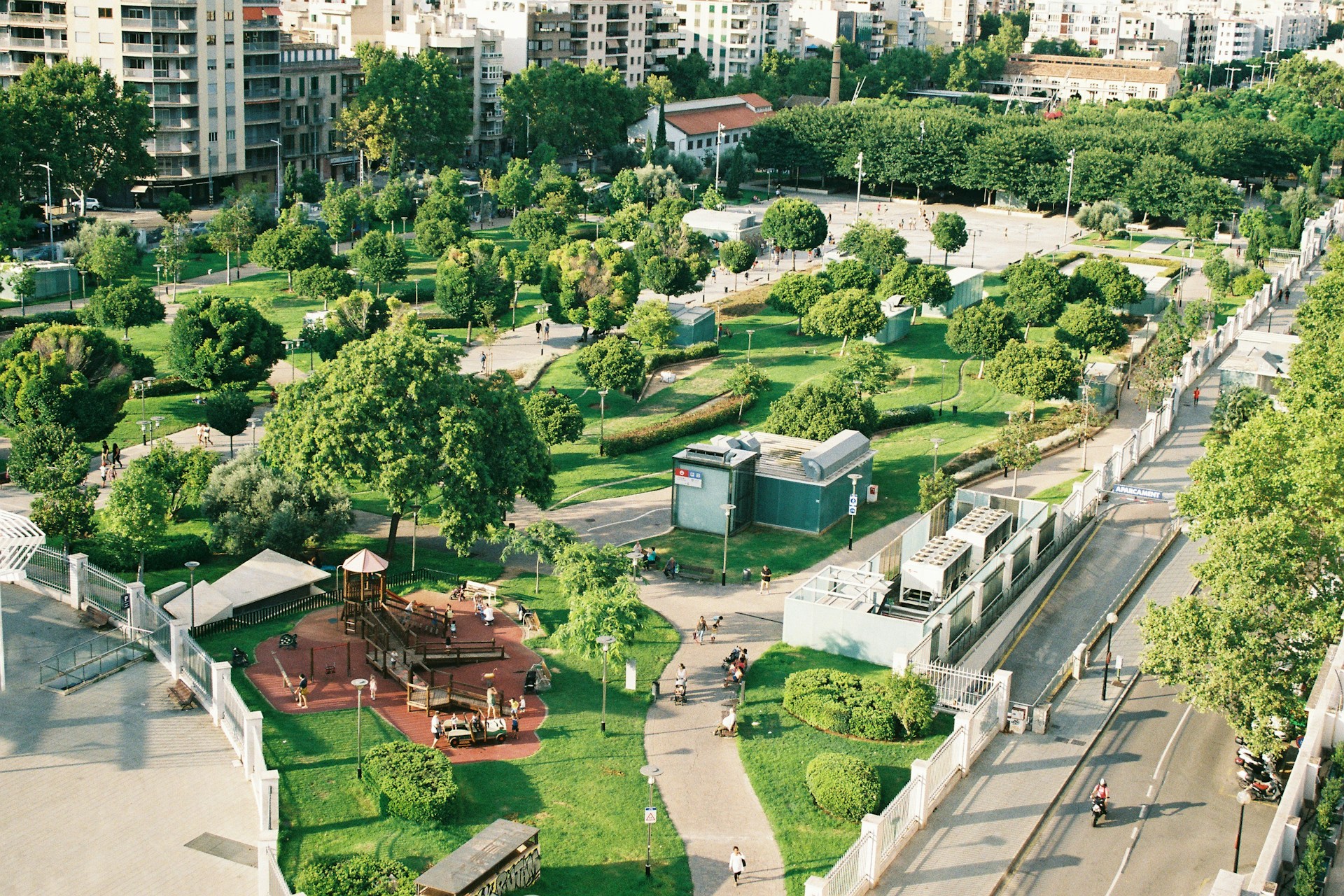Can urban green roofs mitigate the effects of urban flooding and stormwater runoff?

Urban areas are continually besieged by the impacts of climate change, including increased rainfall and severe flooding. In response, cities worldwide are searching for sustainable ways to manage stormwater and mitigate flood risks. One promising solution that has emerged involves the use of green roofs. In this article, we delve into the concept of green roofs, their benefits, and their potential in managing urban flood and stormwater runoff.
Understanding Green Roofs
Before delving into the benefits of green roofs, it’s important to understand what they are. Also known as green roof systems (GRS), these are roofs of buildings that are fully or partially covered with vegetation, planted over a waterproof layer.
A lire également : How can AI-powered language translation facilitate global business communication?
Green roofs are not a new concept; they have existed since ancient times. However, their adoption in urban areas is gaining traction in recent years due to their multiple environmental benefits. A study by scholars found in Google Scholar reveals that green roofs have potential benefits ranging from improving air quality to reducing urban heat island effects.
The Role of Green Roofs in Water Management
One of the main advantages of green roofs is their potential in stormwater management. Urban areas are typically characterized by a large proportion of impermeable surfaces, including buildings and paved roads. During rainfall, these impermeable surfaces increase stormwater runoff, leading to potential flooding in low-lying areas.
A découvrir également : How does music therapy benefit individuals with neurodevelopmental disorders?
Green roofs provide a permeable surface that absorbs rainwater and slowly releases it over time. This process significantly reduces the volume of runoff that would otherwise overwhelm the city’s stormwater infrastructure. According to a study indexed in Crossref, green roofs can retain up to 60% of the rainwater, thereby reducing the risk of flooding.
Moreover, green roofs act as a natural filter, improving the quality of runoff water by trapping pollutants and nutrients. This cleaner water can then be harvested and re-used for non-potable purposes, contributing to sustainable water management in urban areas.
Green Roofs and Urban Flooding
Urban flooding is a growing concern in many cities worldwide. Increased rainfall, coupled with inadequate drainage infrastructure, often results in flooding, causing extensive damage to property and infrastructure.
Green roofs can play a pivotal role in mitigating urban flooding. The vegetation on the roofs act as a sponge, absorbing excess rainwater and slowly releasing it, hence reducing the peak runoff during heavy precipitation. This delayed runoff helps lower the pressure on the city’s drainage system, mitigating the risk of flooding.
Green roofs also have long-term benefits. They contribute to climate resilience by increasing a city’s capacity to handle rainfall extremes. Since green roofs can absorb a significant amount of rainwater, they help reduce the vulnerability of urban areas to climate-change-induced flooding.
Considerations for Implementing Green Roofs
While the potential of green roofs in mitigating urban flooding and stormwater runoff is considerable, their implementation requires careful planning and consideration.
Firstly, the structural integrity of the buildings must be evaluated. Green roofs add extra weight to the buildings, and not all structures may be able to support this. It is crucial to conduct a thorough structural assessment before installation.
Secondly, green roofs require regular maintenance to ensure they remain effective in managing stormwater. This includes watering the plants during dry periods, pruning, and removing dead plants, and checking for leaks in the waterproof membrane.
Lastly, the cost of installing and maintaining green roofs can be high. However, considering the long-term benefits, such as reduced stormwater management costs and increased property value, the investment can be justified.
Despite these challenges, the growing body of evidence on the benefits of green roofs, as indexed in Google Scholar and Crossref, demonstrates their potential in mitigating the effects of urban flooding and stormwater runoff. With proper planning, assessment, and maintenance, green roofs can be a sustainable solution to manage water in our urban landscapes.
Green Roofs as Part of a Comprehensive Green Infrastructure Strategy
Green roofs can be a significant component of a broader green infrastructure strategy for urban areas. Green infrastructure is an approach to water management that protects, restores, or mimics the natural water cycle. It includes a variety of practices such as rain gardens, green spaces, and permeable pavements.
In Google Scholar and Crossref, various studies highlight the effectiveness of combining green roofs with other green infrastructure practices. For instance, while green roofs can significantly retain rainwater, rain gardens can further enhance this by absorbing the overflow from the roofs, thus further reducing surface runoff.
Similarly, permeable pavements can complement green roofs by absorbing rainfall on the ground level, minimizing the possibility of urban flooding from heavy precipitation events. Moreover, green spaces not only offer recreational benefits but can also serve as catchment areas during heavy rainfall, reducing the burden on drainage systems.
Nonetheless, the implementation of a comprehensive green infrastructure strategy requires a keen understanding of the specific needs and conditions of each urban area. Factors such as climate, soil type, existing infrastructure, and available resources play a crucial role in determining the feasibility and effectiveness of these practices.
Enhancing Citizens’ Awareness and Participation
Public awareness and participation are crucial to the success of implementing green roofs and other green infrastructure practices. People need to understand the role they can play in mitigating the effects of climate change and urban flooding.
Cities can encourage citizens to install green roofs on their properties through incentives such as tax credits or subsidies. Education campaigns can also be implemented to explain the benefits of green roofs and the role they play in stormwater management. Additionally, cities can partner with local schools and institutions to introduce green roof and rain garden projects as experiential learning opportunities for students.
Conclusion
In conclusion, green roofs present a compelling solution for managing stormwater runoff and mitigating urban flooding. They absorb rainwater, delay surface runoff, and filter water quality, providing an effective means of managing precipitation events.
Integrating green roofs into a comprehensive green infrastructure strategy maximizes their benefits, making urban areas more resilient to the impacts of climate change. However, their implementation requires careful planning, ongoing maintenance, and structural considerations.
Enhancing public awareness and participation is equally essential. Incentives and educational campaigns can encourage citizens to be part of the solution, making their cities greener and more resilient.
While challenges exist, the long-term benefits of green roofs, as documented in Google Scholar and Crossref, far outweigh the costs. With the rising threat of climate change and urban flooding, it is more crucial than ever to embrace solutions like green roofs that not only mitigate these effects but also contribute to sustainable and resilient urban landscapes.
